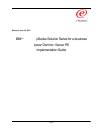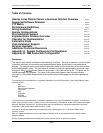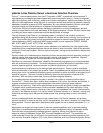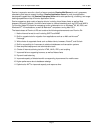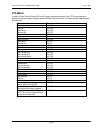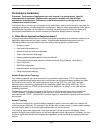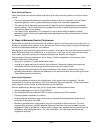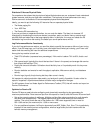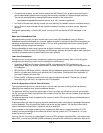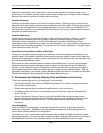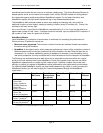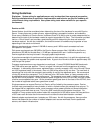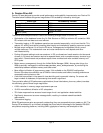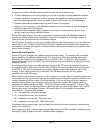
Performance Guidelines
Disclaimer: Performance of applications can only be made in a general sense. Specific
characteristics of application implementation on specific hardware will yield different
performance characteristics. Performance tools for measurement and tuning exist in most
instances and should be used.
The Domino Server Family has had success in the market due in part to the functionality it provides for
messaging, groupware, and Web application development. Because these advanced and varied sets of
capabilities are integrated into one platform, measuring the performance of the Domino Server and
providing recommendations for specific customer environments always proves a challenge.
A. What Affects Application Responsiveness?
In today's distributed client/server environments, the elements that affect your customers’ experience of
application responsiveness are highly variable. A sophisticated application deployment tool and
messaging platform like Lotus Domino has many factors that can impact its performance:
Ÿ Number of users
Ÿ User tasks and workload mix
Ÿ Access to back-end relational databases
Ÿ Static versus dynamic Web pages
Ÿ Robust graphical displays based on Java and ActiveX
Ÿ Client type (simple browser, advanced unified clients like Active Desktop, Lotus Notes
™
)
Ÿ Use of mail hubs
Ÿ RS/6000
®
configuration
Ÿ Network protocol and access methods
Ÿ Server deployment topology
Network Protocols and Topology
Your network protocols also have an impact on your network's performance. TCP/IP has historically
proven to provide the best performance and most efficient use of network adapter hardware for Notes
and Domino environments. We highly recommend that you use TCP/IP on your LAN if possible,
especially when implementing a geographically dispersed network that utilizes WAN links. This is
because most routers use TCP/IP to communicate over WAN links, so using it on the LAN reduces
processing overhead.
The partitioning and clustering features of the Domino for AIX Enterprise Server do not support the
IPX/SPX protocol. In addition, support for the maximum number of client sessions can only be
accomplished with TCP/IP. SPX and SPX II protocol support is intended for migration from the IPX/SPX
environment
Network Topology
Your Domino infrastructure's overall scalability depends in part on how much traffic your network can
route and process efficiently. For example, if you initially deploy a few servers in a peer-to-peer topology,
you may need to switch to a hub-and-spoke configuration as you add servers.
In an existing, large-scale deployment, make sure that your hub servers aren't overloaded. Check
whether configuring servers-by-function for mail and replication would makes sense. Ultimately, you may
be able to significantly boost mail throughput and application server bandwidth by upgrading just a few
servers.
Lotus Domino Server R5 Implementation Guide June 18, 2001
Page 7



